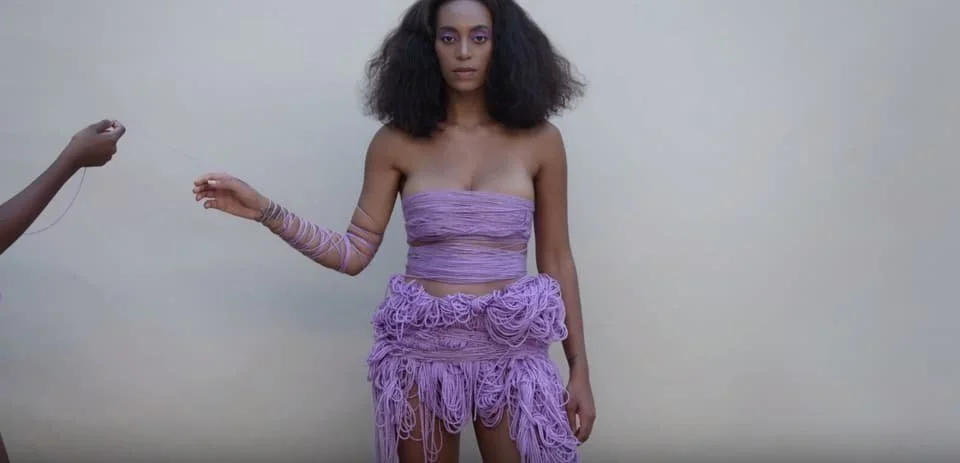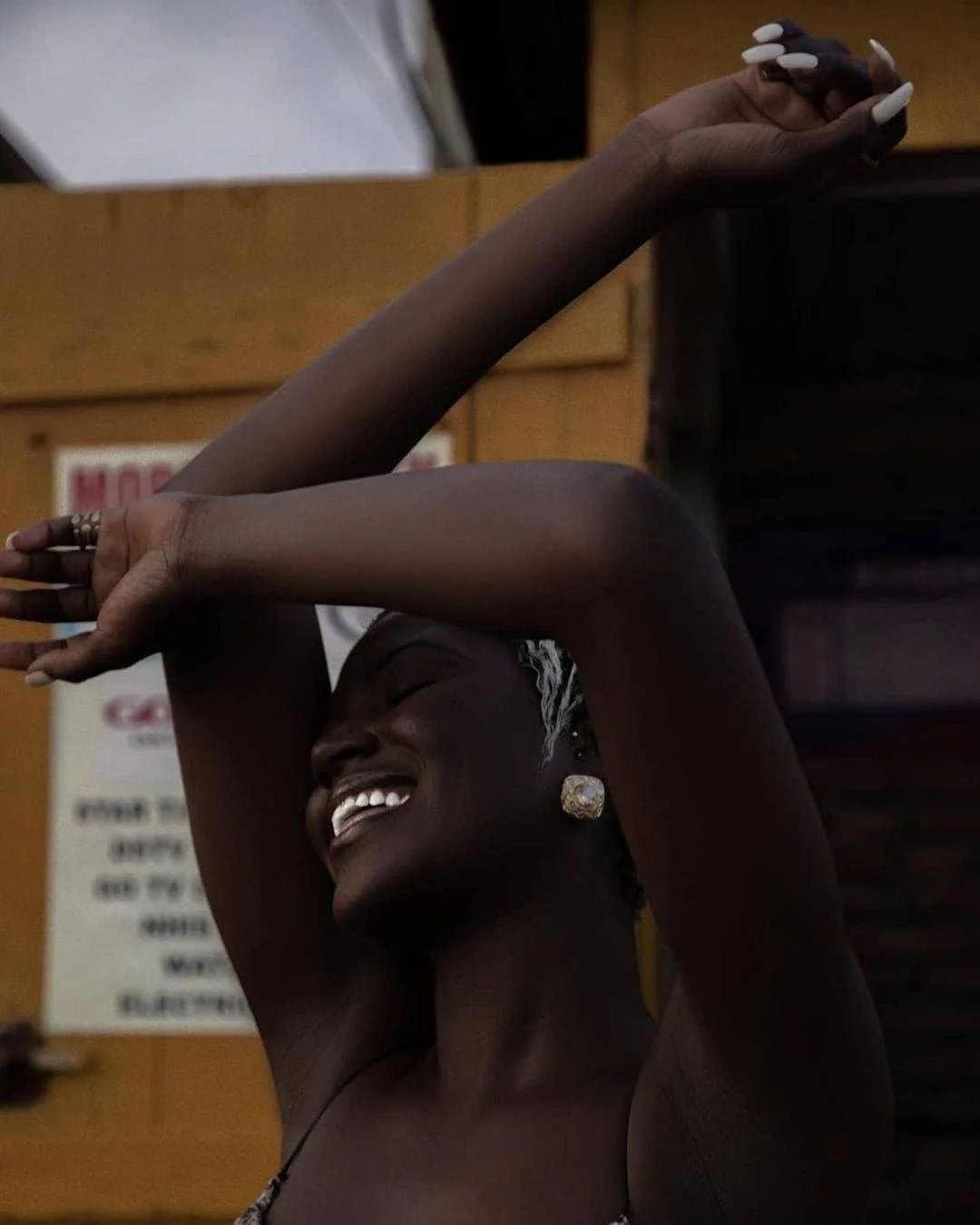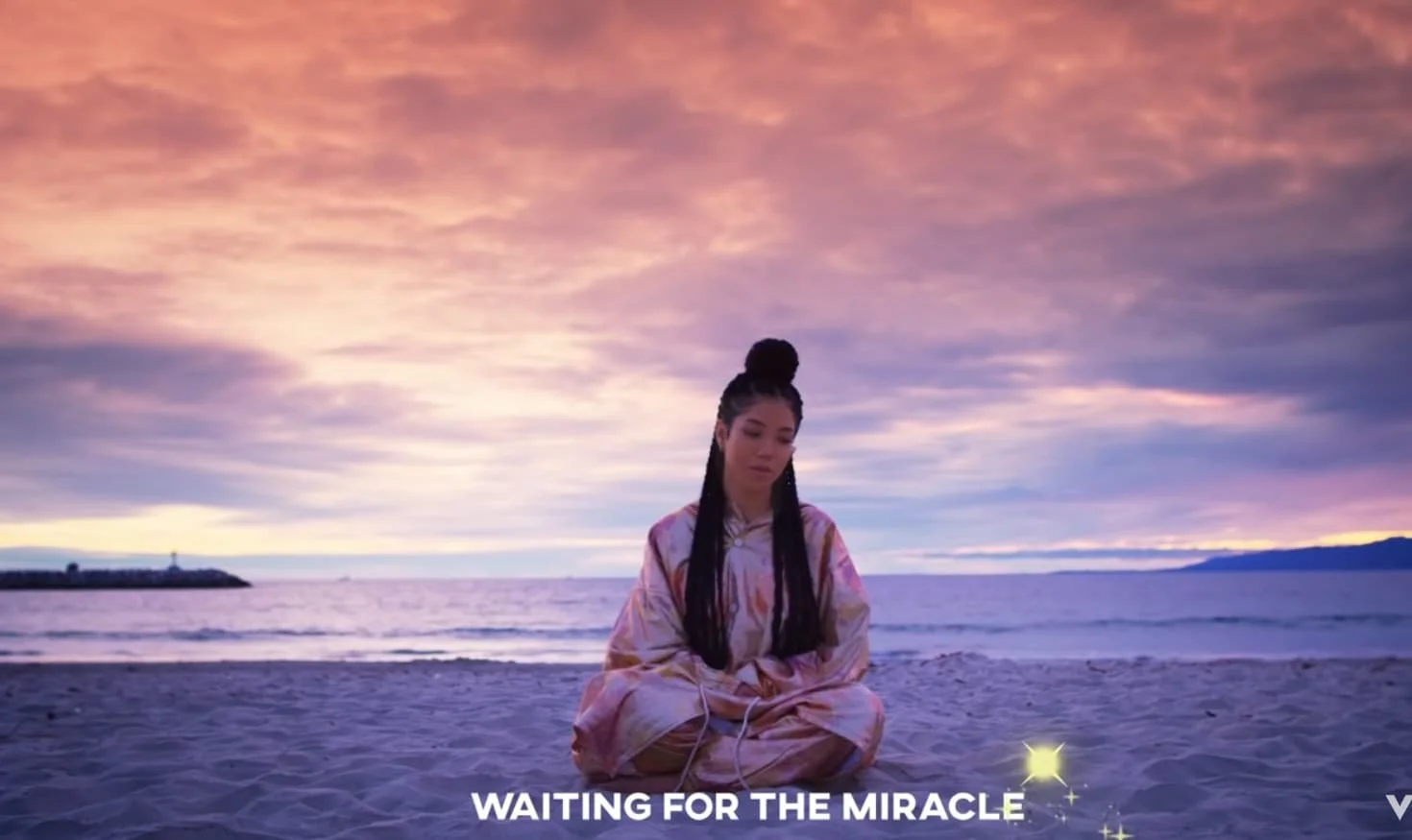Breathing through the Mess: Meditation for Stress + Anxiety
I’ve been working on my woosahs and it’s helping. After Christmas, building construction right next to my apartment started back up again. While noise is a part of everyday life in Brooklyn, the post-holiday stress, my moon cycle, and a nasty cold created a perfect storm that had me ready to lose it. Inspired by this daily 7AM construction, the following week I decided to try my hand at seated meditation again. Almost everyday around 6AM, I wake up to do some light stretching, followed by 5-15 minutes of seated meditation and then prayer. I’ve been consistent yet still flexible, adjusting when I wake up later. Now the sounds of construction, sirens, and car horns feel like background noise again.
I’m realizing that the magic isn’t when I’m seated in silence but more so when I remember to tap into my breath throughout the day: like during mundane moments when I’m watching TV or doing my hair, or during heavier moments when I experience physical pain or when an all too familiar tragedy in the news threatens to sink me into a depression or an anxious train of thought takes me out the moment. As I continue to navigate the uncertainty that so many are facing, I’m really looking at the ways I cope with stress, anxiety, and depression. In the past, their ripple effects caused a hot mess in various areas of my life; relationships, business, physical health, decision-making, and more. Still, I’m offering myself some grace. I’m becoming more intentional about tending to them so I can let go of certain patterns and find peace in the midst of all the ongoing chaos in this crazy, beautiful world.
I’m truly excited to see where I land as I allow my breath to guide me through this next season of life. Our breath is such a powerful tool and available to us at any moment. Keep reading for benefits, tips, and tools on how to start a meditating as well as some alternatives to a seated practice.
BENEFITS OF MEDITATION
According to Healthline.com, the science-based benefits of meditation of include:
Reducing Stress & Anxiety
Enhancing Self-Awareness
Better Sleep
Pain management
Generating kindness
I’ll take all of the above, please!
SIMPLE TIPS FOR BUILDING YOUR OWN MEDITATION PRACTICE:
Please note there are many different meditation techniques. I’m sharing based on my experience. Google for more.
Choose a time of day: In the morning right after you wake up, midday to destress or before bed; there’s no right or wrong time of day to meditate. Do what works for you.
Find a comfortable position: Criss Cross applesauce, or lying down. Hands on your knees, hands on heart and belly, or if you wish you can look up some hand mudras.
Set a timer: You can start at 1-2 minutes then work your way up.
Breathe: Start with a few deep breaths. Breathing in and out through your nose, fill the belly up with air as deep as you can and expand your lungs. Some days you may breathe deeper than others. Do your best. As you continue, let go of any effort and breathe naturally.
Let your thoughts come and go. Thoughts will arise. Try not to judge yourself for having them, simply let them go as best you can. I like the analogy of seeing your mind as an observation deck where you are the observer of your thoughts. (learned this from heyfranhey years ago).
OTHER FORMS OF MEDITATION
While seated meditation has proven beneficial for me this go-round, I want to acknowledge more forms of meditation that can offer some inner peace. Different times in life call for different remedies to stress, anxiety and/or depression. Sometimes the best thing to do is MOVE! And at other times we may need support in resting. Oftentimes, we need to use a few different tools. Trust yourself to choose the right remedies.
Walking Meditation: Walking outside in fresh(ish) air is a great way to let thoughts go. As you walk, pay attention to what’s around you, whether it’s skyscrapers or trees. Listen to the sounds, whether it’s birds singing or cars honking. Queen Mother Erykah Badu describes walking meditation as anytime you actively slow down to notice your breath and deepen it. Note: Many find success with running. More power to you.
Prayer: While I grew up in Catholic School, it’s in adulthood that I really started talking to God one-on-one. I be like ‘Hey God’ and I trust the Creator hears me. I’m working on listening more. Whether you consider yourself to be religious or not, prayer is a great way to set intentions and practice gratitude.
Yoga Nidra: If you’re struggling with sleep and prefer some guidance, yoga nidra might be a great fit. In her book, Radiant Rest, Tracee Stanley explains how this ancient practice leads to a “state of consciousness that is said to be ‘peace beyond words.’” Imani of If You Press Pause put me on to this practice a couple of years back. Anyone who really knows me, knows I love to sleep. They say sleep is the highest form of meditation. When I found myself struggling with it, I was geeked that this practice helped. It’s usually done lying on your back with the facilitator guiding you through beautiful imagery meant to evoke peace and calm.
You can try an app like HeadSpace or Calm if that speaks to you. Most offer free trials so you can test them out first. If you’d like to connect with others, you can join a meditation community, virtually or in-person, or even form your own.
Remember, anything you do with intention and mindfulness can be seen as a form of meditation; cooking, dancing, drawing and the list goes on. Notice your breath. Deepen it. Whether you choose to start a practice or not, I hope you take the time to just breathe today. You deserve it.
What have you been doing to stay sane and create peace? Let us know in the comments!
*This blog post is not intended to diagnose, cure, or treat any ailments or health concerns*





